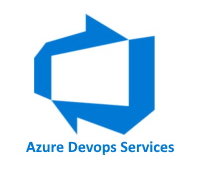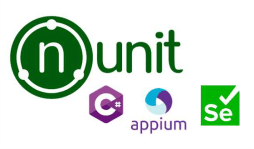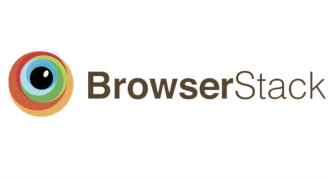This is a very important step in implementing software quality, because this is where all the QA team's artifacts will be produced, such as test script and scenarios, evidence, bugs/defects, etc.
Each tool we work with has more adherence to certain contexts, but we like to offer from free to licensable options.
Among these we have the Azure DevOps, Quase, Jira Software e o HP – ALM.




We use some of the best rated frameworks in the community, focusing on today's main browsers, while maintaining a great relationship with the most popular programming languages in the market.
This approach opens doors for easier recruitment of professionals and greater technological synergy with the client, since it is possible to work on the same technology already used by the development teams.
Javascript, Java, C# and Python are some of the languages we implement in automations, testing in Google Chrome, Mozilla Firefox, Microsoft Edge, Apple Safariamong others. It is worth mentioning TIR, a web automation tool for Totvs
Protheus systems..






Looking at the two big current mobile operating systems, we work for both Android and iOS.
Some tools are adherent for mobile and web, so we can reuse
knowledge of existing automators in the context of the client, even if they are from different platforms
different platforms, facilitating the passage of knowledge.
C#, Java and Python are some of the languages we implement in automations.




In our desktop automation portfolio we have Winium, TestComplete and Sikuli.
Desktop automation is important when there are no web-based systems and yet they receive constant updates, requiring regressive testing.
This type of automation is often used to validate ERP or build RPA (Robot Process Automation).




The frontend tests validate the behavior of the functionality via the graphical interface, through
screen. However, it is also necessary to validate how the information gets to this screen, this is the backend test: the "behind the scenes" validation.
We use from more robust languages like C# + RestSharp and Java + RestAssuredas well as more flexible languages like Python and Cypress.
In addition to building the automated API scenarios, you also need to understand how to integrate these tests into the context of the entire development team, encouraging access to execution results.




It is paramount that all generated code is managed somewhere. We use Git It is paramount that all generated code is managed somewhere. We use
some of the main services we use, has the GitHub, GitLab, Azure Repos, Bitbucket.
This step is essential for the work to be centralized and transparent , that is, everyone on the team has a notion of where to find a project and know all the changes made over time. Moreover, from the configured repository it is possible to integrate it with the various pipeline services enabling the implementation of Continuous Integration and Continuous Delivery (CI/CD) Contínua (CI/CD), adding a lot of value to the development process.




The main objective of an automated test framework is to be integrated into the development process, promoting transparency, traceability and accessibility of the information produced by the scenarios executed.
We have in our portfolio the most accepted services by the community today, references in all major companies.
This way, it is possible to design a test architecture that is more adherent to the context in action.






The next step in the automated testing framework is to expand the possibilities of scenarios to be tested.
Due to physical or financial limitations, it is not always possible to have a suite of physical devices within companies. This prevents multiple cell phones and operating systems from being validated, distancing the tests from the end user's reality.
This can be solved by taking the test execution to the cloud, using a device farm service. For this, we use some of the main providers, such as AWS Device Farm, SauceLabs and BrowserStack, each with its own characteristics.




São Paulo
Ipiranga, 344 - 9th floor
República, São Paulo, SP - Brazil
ZIP CODE: 01046-000
Cel.: +55 11 99621-3490
Phone: +55 11 3236-6600
Barueri
Anápolis Avenue, 100
Room 705 - Jd. dos Camargos, Barueri, SP - Brazil
ZIP CODE: 06404-250
Cel.: +55 11 99621-3490
Phone: +55 11 3236-6600
USA
4800 N Federal Hwy. Building D Suite 101, Boca Raton, FL 33431
Tel.: +1 (561) 453-0310
Europe
Street Mário Moreira, 3 - Shop D - Odivelas - Portugal,
Zip Code: 2675-660
Copyright © 2022 Auditeste. Todos os direitos reservados.
Fale conosco pelo WhatsApp!